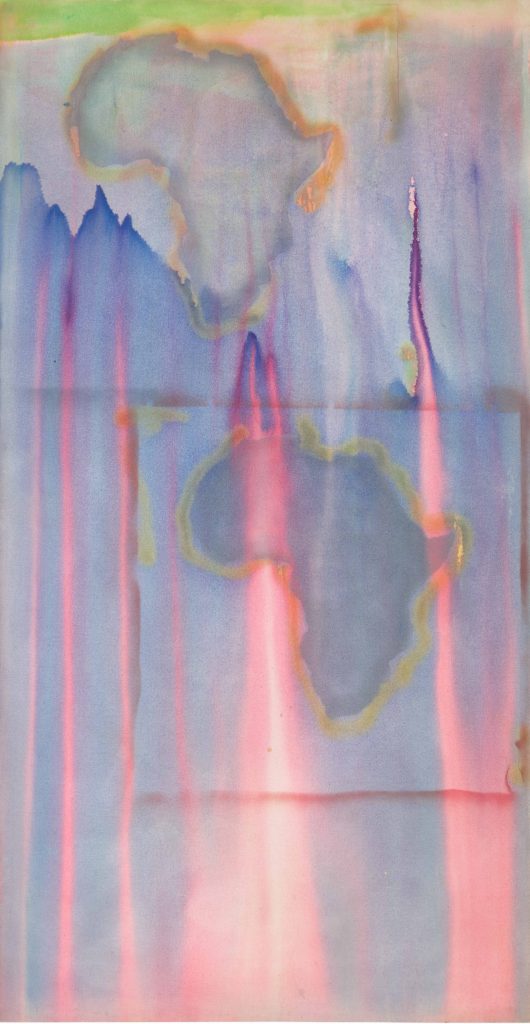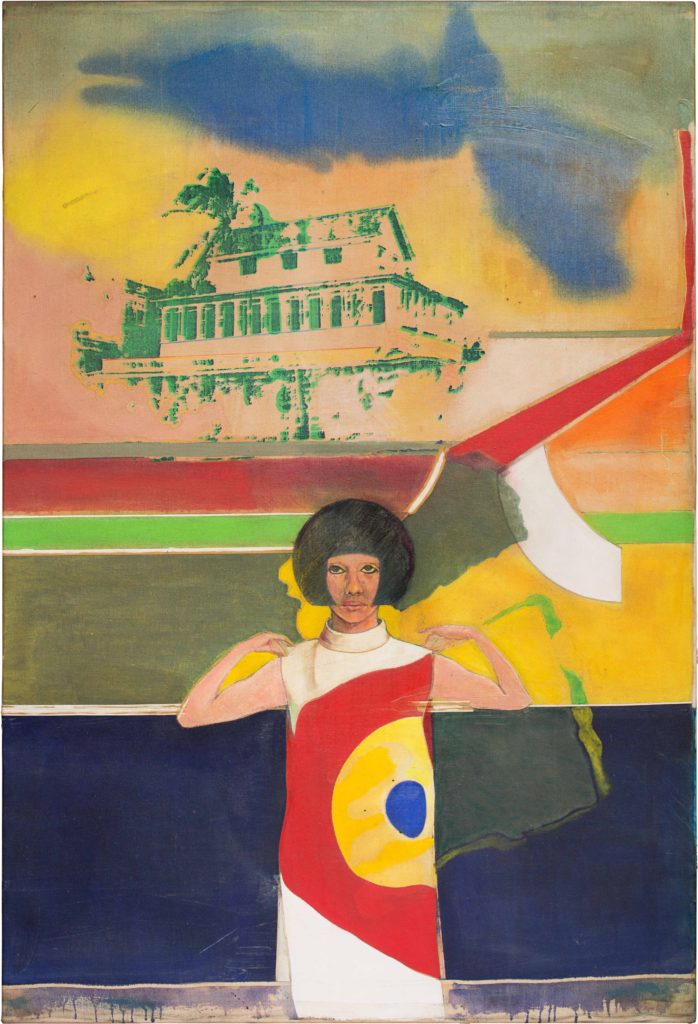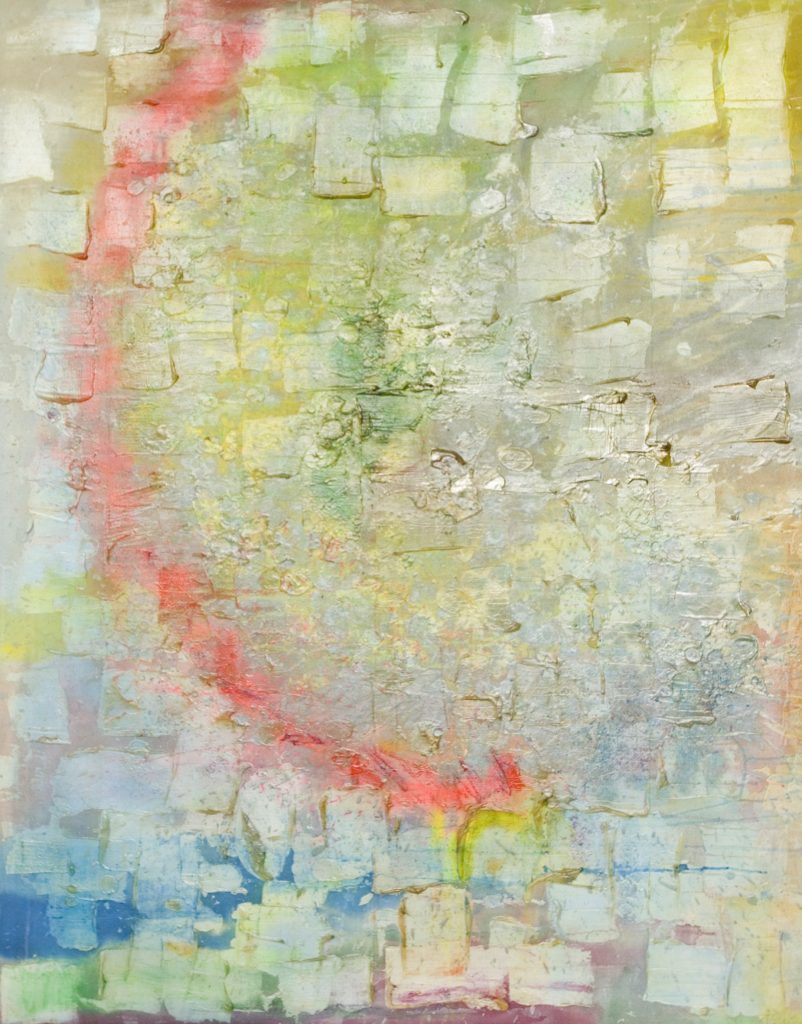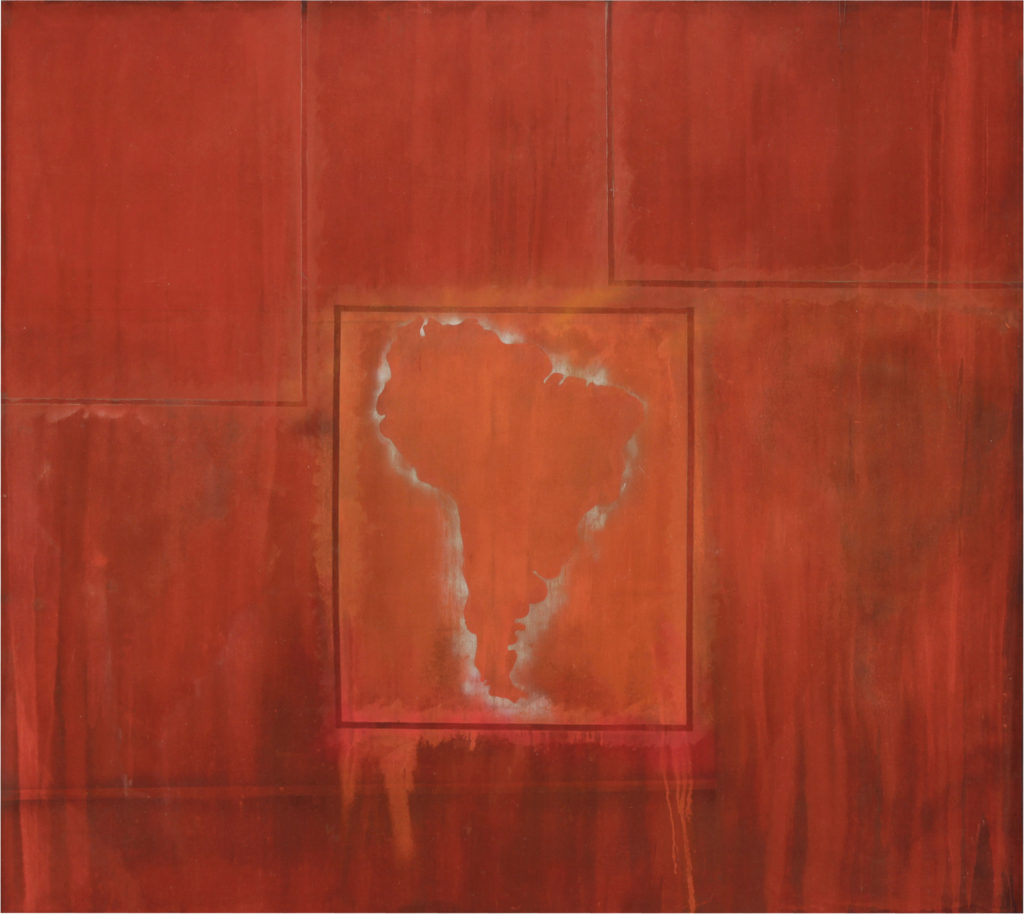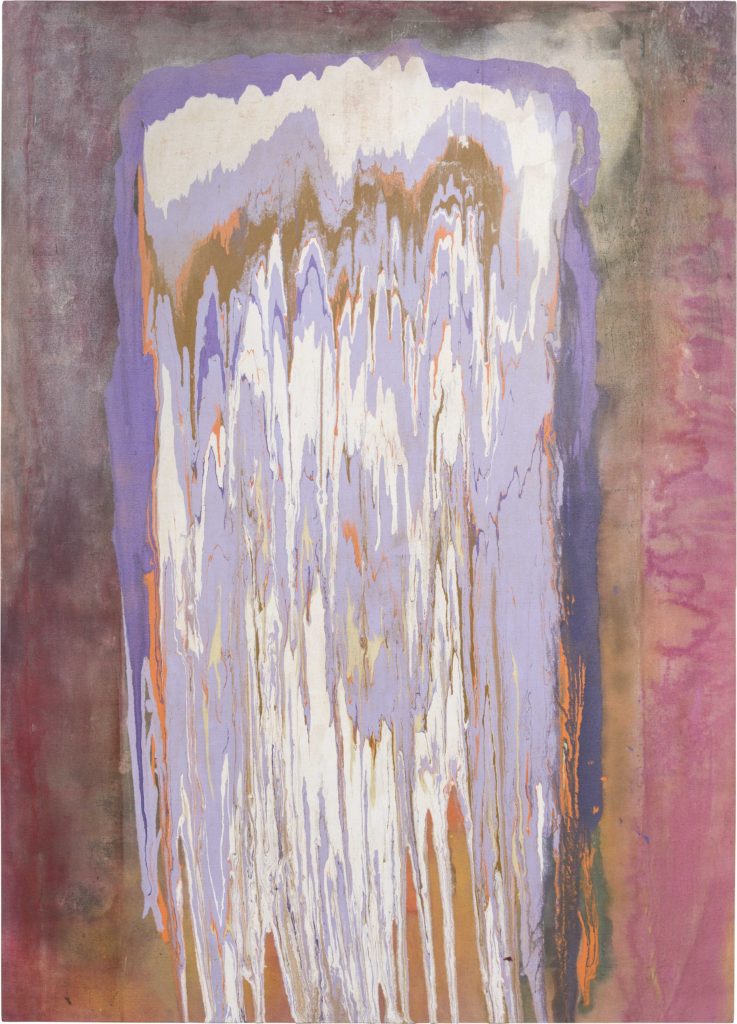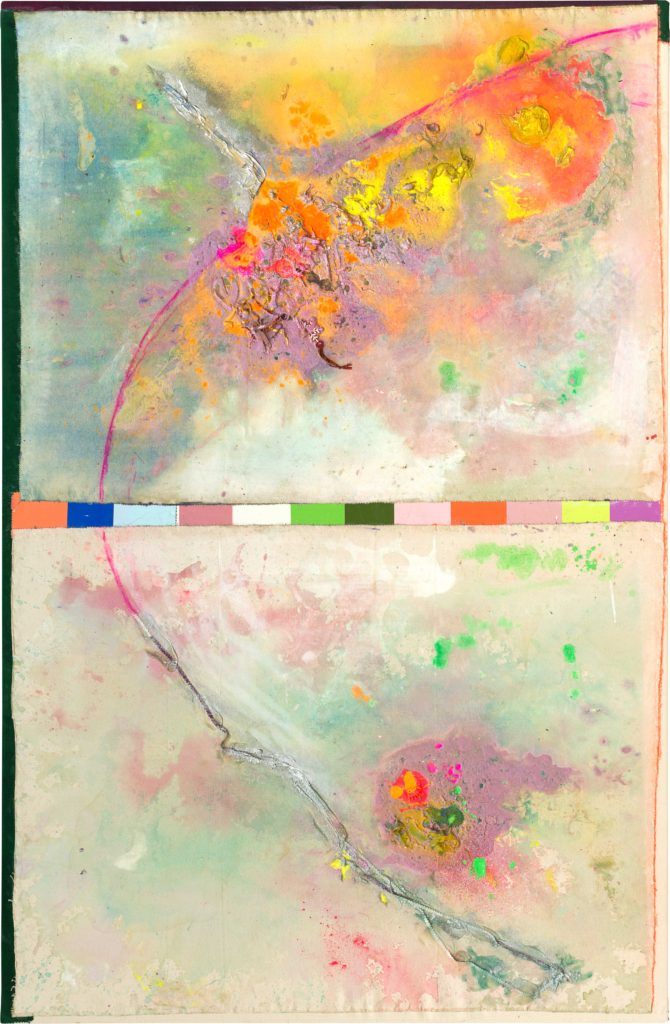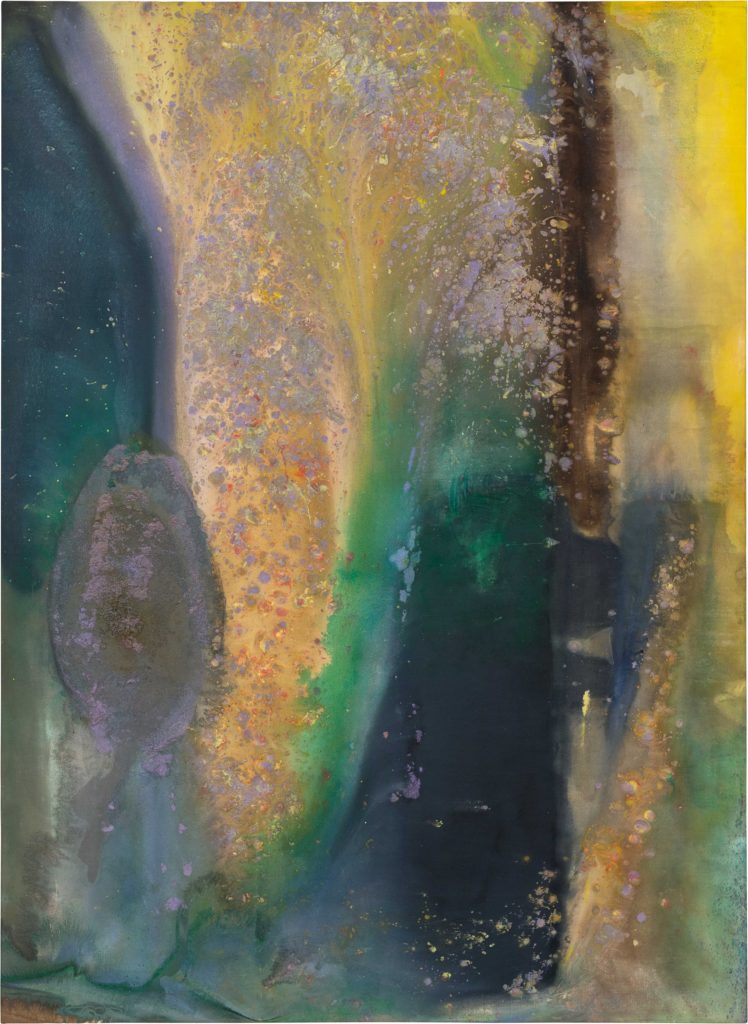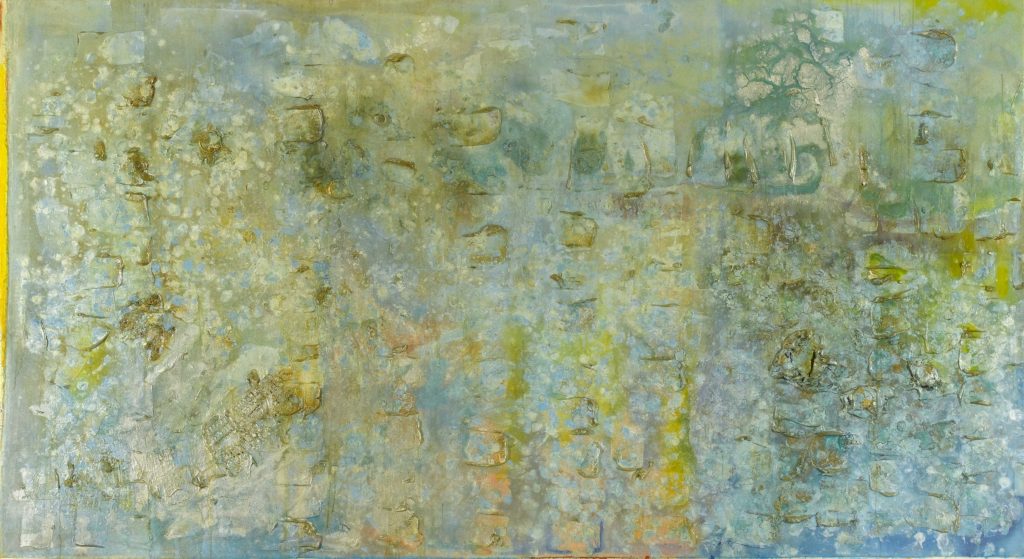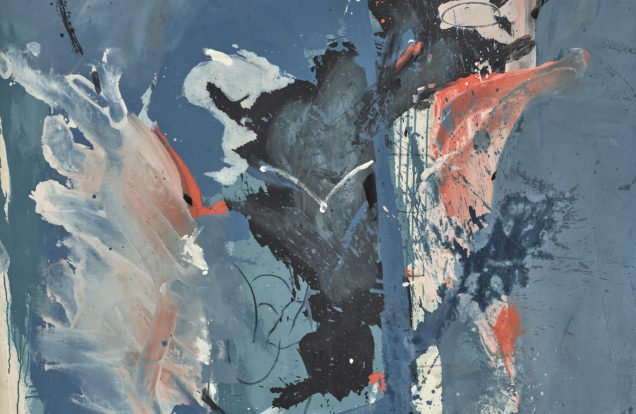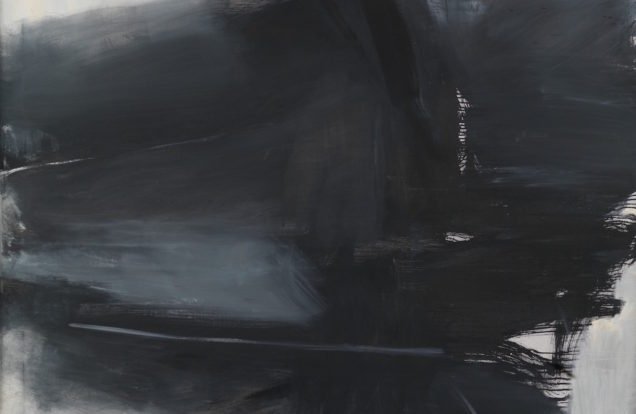Globally Modern
Frank Bowling at Tate Britain
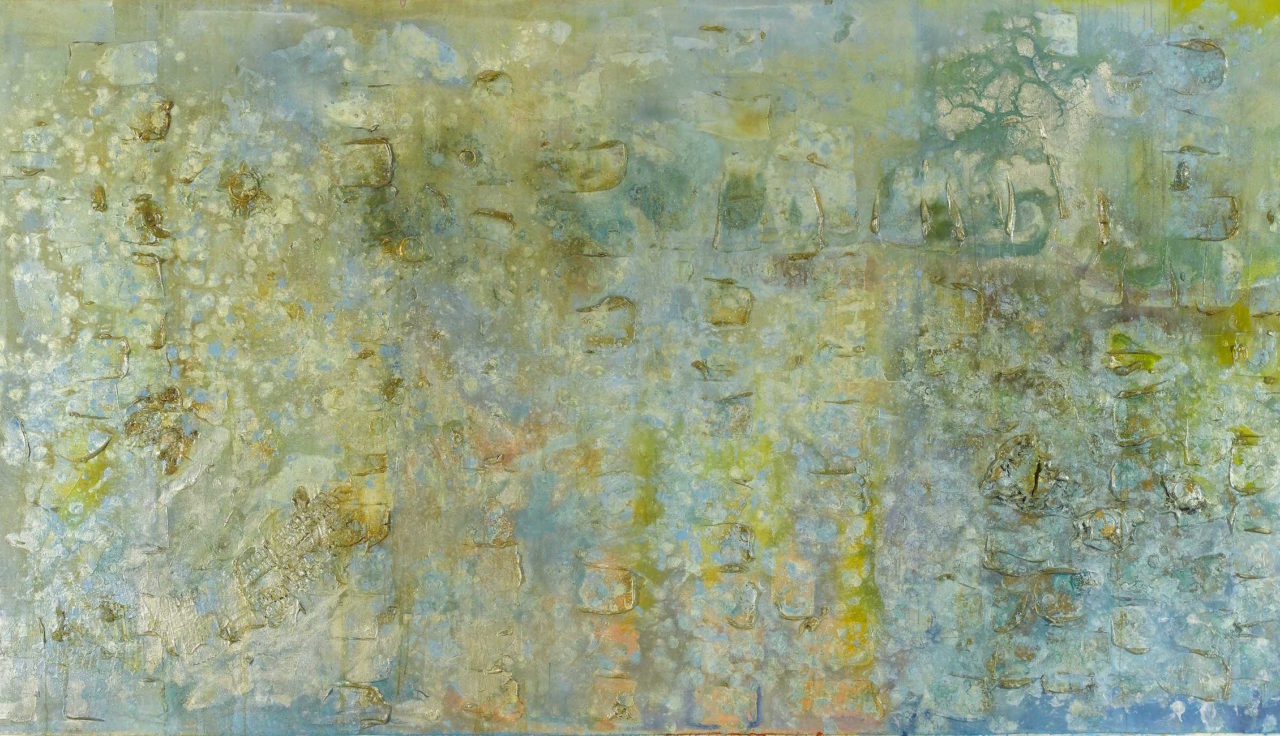
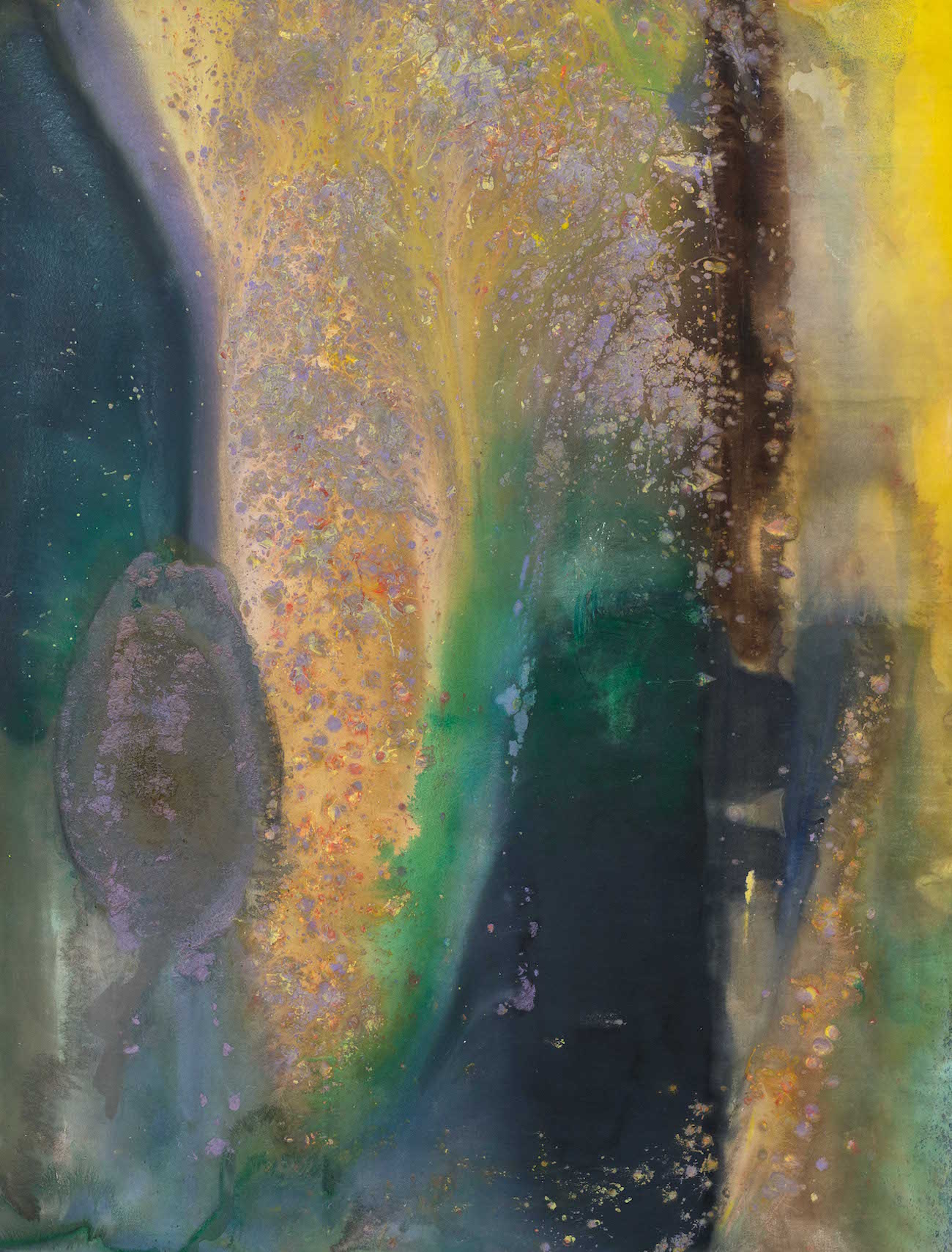
Frank Bowling is one of many artists from the post-war period who has never fully received his dues. Born in Guyana, and splitting time between London and New York, his approach to painting incorporates various forms of abstraction, poetry, and styles of painting across the globe. In a new retrospective (albeit condensed in size) at the Tate Britain, Bowling can be fully appreciated for the experimental, dynamic, and thoroughly modern painter that he is.
Bowling came to Britain as a teenager from the West Indies, and eventually he enrolled in the Royal College of Art. The earliest canvases in this show seem to show an angsty English strain of Expressionism, and the vibrant hues of the 1960s. Bowling left for New York to study and work during the heyday of Pop. However, by the late ‘60s and early 1970s, Bowling began to create paintings that arguably his most well-known and sublime. Known as the “map paintings,” faint outlines that resemble- to a greater or less extant –South America, Guyana, and Africa. The beautiful fields of color and rich tones combine all of the teachings of his experience in western cultural hubs, while also emphasizing the beauty and lyricism in his own decentralized experience and background.
Works from later in his career in the 1970s and 1980s also experiment with pure abstraction, improvisation, and chance. By leaning canvases and allowing the applied paint and other mediums to run with gravity, the outcome of the piece is unpredictable. The surface quality also varies during this period, with some canvases flat and soaked and others built up with brushwork. Again, there is so many styles at play that Bowling cannot really be defined by just one of the various movements or histories he toys with.
Bowling, who is now 85, also has very recent work in this survey. Made only in the last year or so, his new paintings seem more dynamic than ever. Collaged canvas is yet another play on surface experimentation, along with the incorporation of objects and mediums other than acrylic or oil paint. The artist always has had a supremely keen eye for color, but perhaps even more so today with earthy tones shot through with neon pink or primary yellow. For someone who has had little institutional support until now, it is gratifying (and also frustrating) that Bowling is now properly in dialogue with other artists of the post-war era and today.
